- Algarve
- Travel Guides
- Historical sites of the Algarve
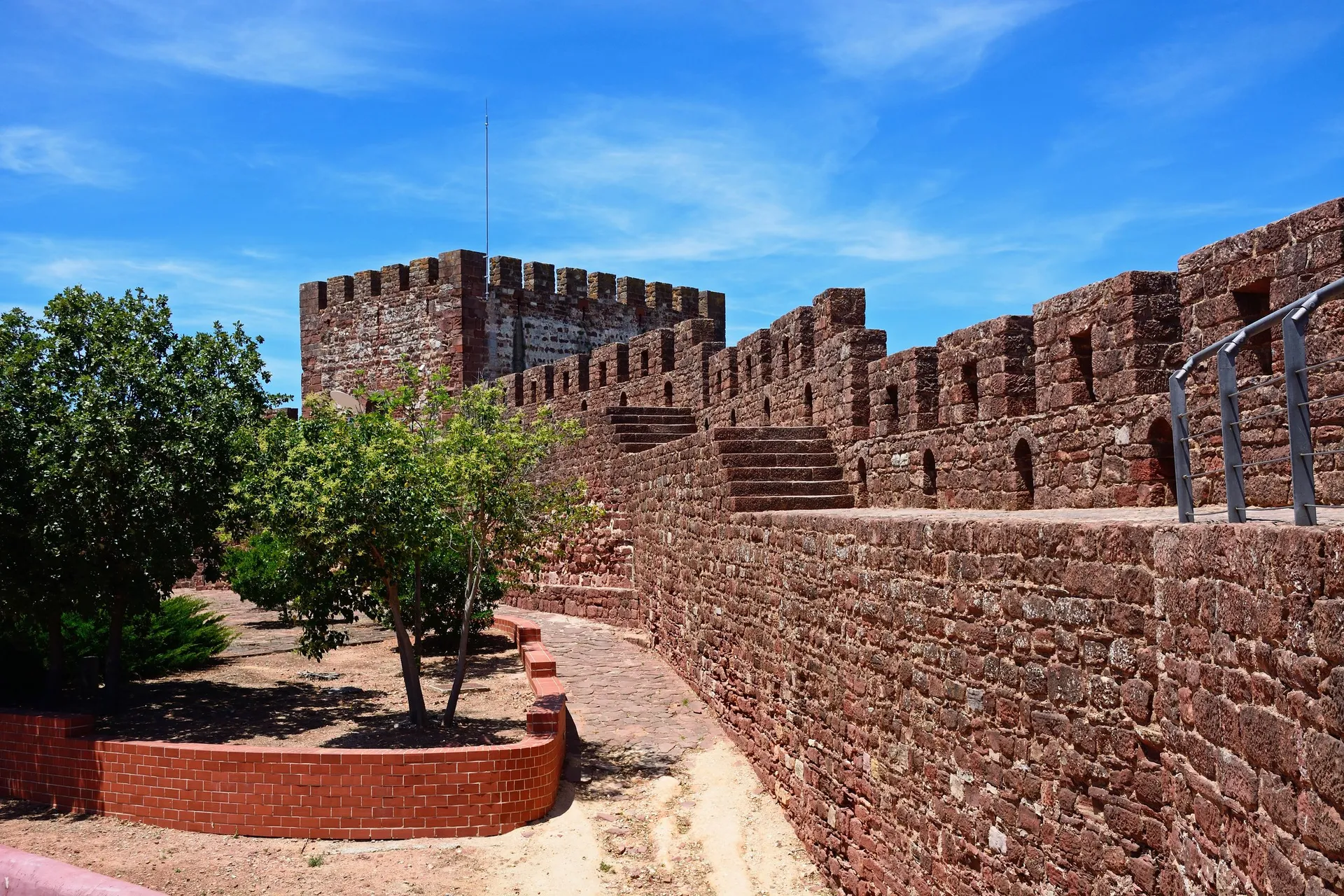
Historical sites of the Algarve
When you think about holidaying in the Algarve, a few images are likely to pop to mind; those of endless sun-bathed sandy beaches, breath-taking cliffs, excellent dining, entertainment and more. What you might not necessarily immediately think of is the rich and varied history that’s just waiting to be discovered there. For such a relatively small region (at just 125 miles long, and roughly 30 wide), the Algarve has a truly fascinating historical tale to tell.
A fascinating tale
In the last 2500 years, countless civilisations have called the Algarve their home. Through time, everyone from arbarian tribes Celtic settlers, to the Romans, Visigoths and the Moors have inhabited the Portuguese region, each leaving their own distinctive cultural imprint on the land. Centuries later in 1640 Portugal retaliated against the Spanish rule and finally gained its independence, but was invaded yet again by Napoleon of France in 1807, who was repelled by British forces. Once finally free of external attacks, Portugal entered into a period of internal conflicts that lasted for generations, with April 25 1974 & now acting as a major holiday known as ‘Freedom Day’.
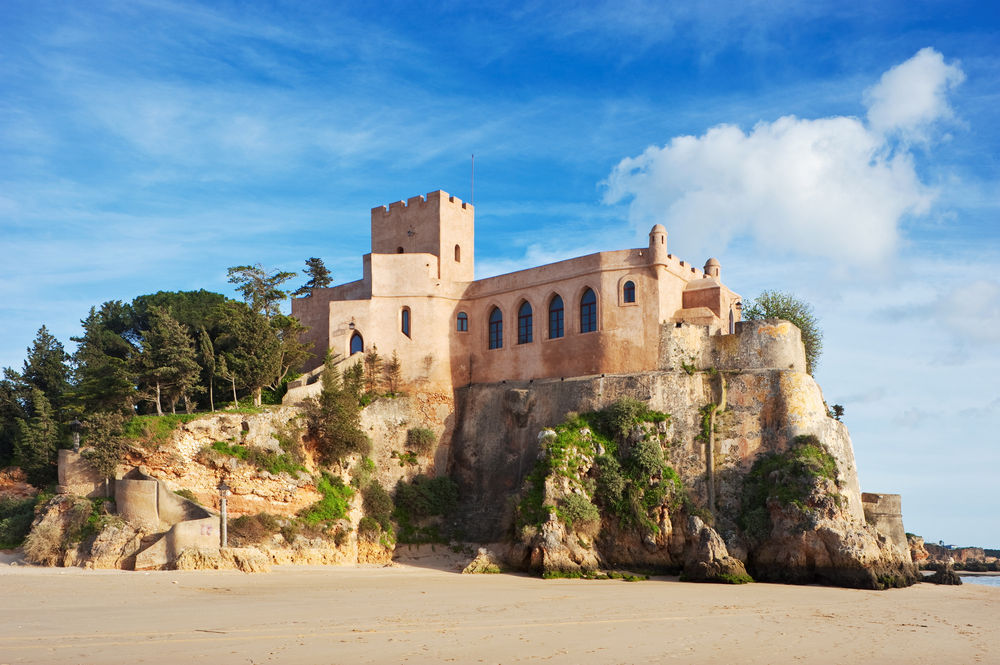
Culture & history uncovered
The heritage of the Algarve is easy to spot as you travel the region; the decorative glazed tiles seen everywhere (known as ‘azulejos’) are remnants of the time of the Moors from centuries ago. Many of the Algarve’s churches that date back to the 15th and 16th centuries are designed with lavish high ceilings and wide archways. They often feature less religious iconography, and instead are typically adorned with nautical themes inspired by the tales of the New World that was being discovered at the time. Many traditional Algarvian crafts such as lace making, weaving, and basket making exist to this day.
The people of the Algarve love to celebrate their history, with the past being brought to life through various festivals and carnivals that are not to be missed. For those seeking to discover more of the Algarve’s incredible history, we’ve compiled a short list of some of the region’s fascinating historical sites.
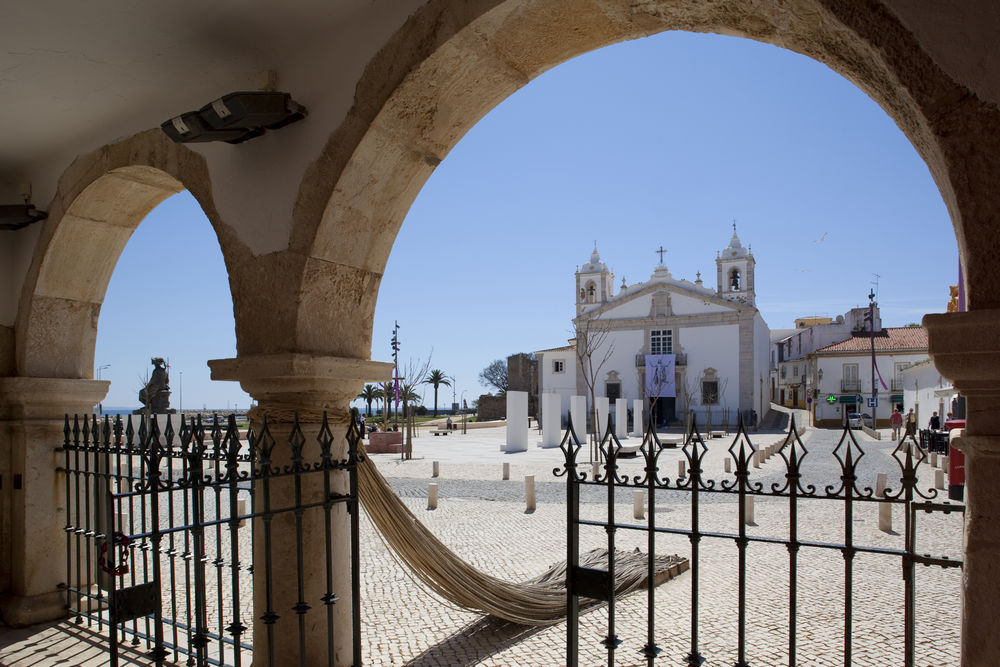
Moorish Castle in Silves
A relic from the 11th century, the Castelo dos Mouros in Silves is the best-known relic of the Moorish rule anywhere in Portugal. Silves was once the most important town of the Moors, and it was here they built this red sandstone castle alongside the Arade River. The importance of its location was that in times gone by it allowed easy transportation of produce throughout the kingdom. Visit the castle nowadays and you’ll be treated to unforgettable views of the surrounding town, the river, and of the ancient orange groves of the Moors that still exist to this day.
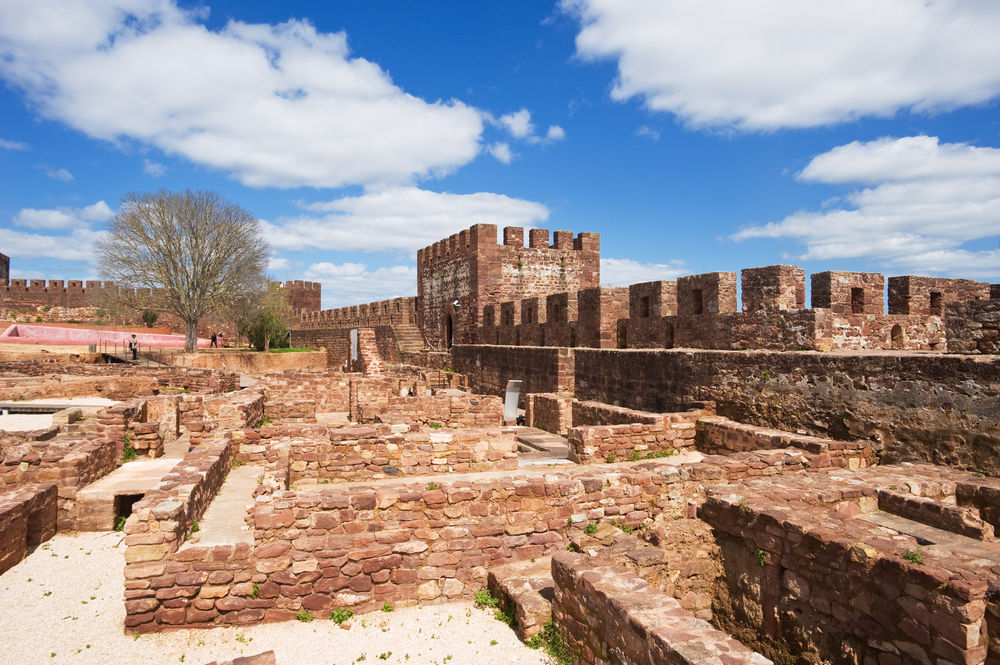
Castro Marim
Throughout long periods of history, Castro Marim has been a highly important town. Located on the banks of the Guadiana River and close to the coast, it was a port offering shelter to ships that sailed the region collecting metals and other wares for thousands of years.
The huge castle complex that sits on the hill still stands (amazingly surviving the earthquake of 1755), and welcomes visitors to explore its ancient walls. Inside you can discover a 14th century church (Igreja de Santiago), as well as a museum that displays various artefacts that date back to the Iron Age. Visit during the last weekend of August and you’ll be treated to an authentic medieval fair.
Sé Catedral de Silves
In the town of Silves, just below the castle, you can find the ancient cathedral known as Sé Catedral de Silves. Built on the site of an earlier mosque in 1189, this incredible place is by far the Algarve’s most impressive cathedral. Despite the earthquake of 1755, and the various rebuilding that has gone on throughout the centuries, the Gothic interior remains incredibly unaltered. Here you can witness the dramatic and elegant high ceilings, beautifully intricate windows, and hidden tombs. For Silves’ Easter celebrations, the sculpture of Christ (the Senhor dos Passos) becomes the main processional figure.
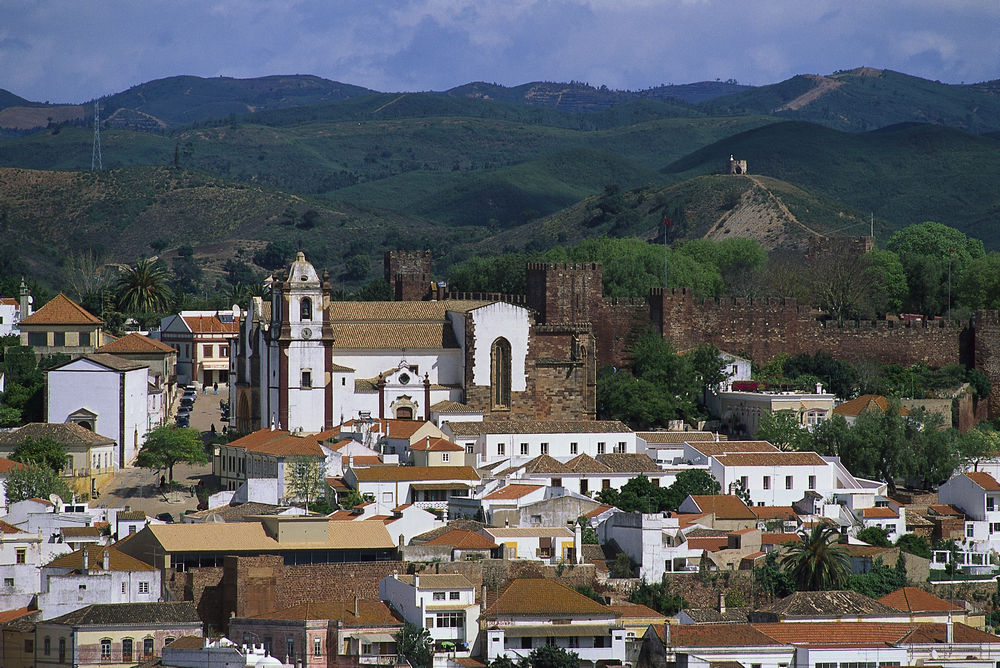
Igreja de São Lourenço
Just south of Loulé, this baroque church makes for an interesting stop. Here you’ll find what has to be one of the most incredible feats of tile-work design ever made. This masterpiece stretches the entire length of the church, with the blue and white tiles depicting scenes of the life (and grizzly death) of Sâo Lourenco of the Roman era. Thankfully this wonderful piece of art also survived the 1755 earthquake unscathed.
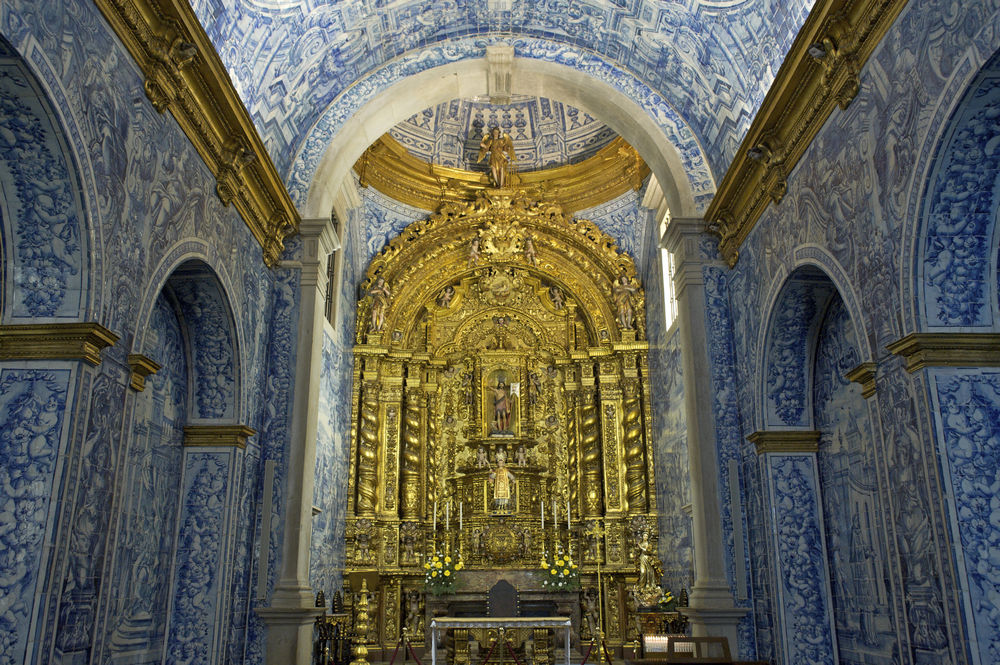
Roman Ruins in Milreu
This ancient villa (known as Casa Rural das Ruinas, or ‘County House of the Ruins’) was once a busy and bountiful farm, which also had a Roman vineyard as part of the grounds. These remains contain some of the finest mosaics from the Roman era, as well as indications of sophisticated water networks, baths and even a temple. A day spent wandering these ancient grounds makes for a fascinating experience.
Fortaleza de Sagres
The fortress of Sagres was once home to Prince Henry the Navigator, who established his navigation school here. This is where early Portuguese explorers learned the skills that would set them up to go out and discover much of the New World. The fortress is steeped in the history of this place, with many of its sculptures and artworks dedicated to nautical and navigational themes. Inside the main gate, a huge 43m diameter stone pattern is a representation of a mariners compass, and a small auditorium shows a short film every 40 minutes that talks about maritime navigation history. There is also a lighthouse that stands atop the cliffs facing the open sea.
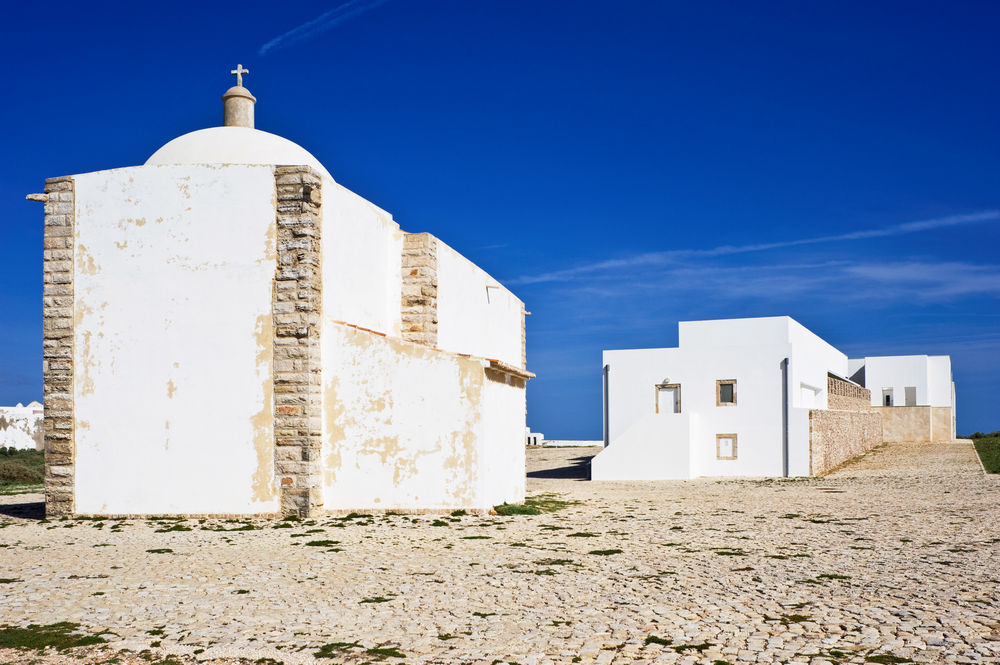
Other fascinating attractions here include the 16th century Igreia de Nossa Senhora da Graca. This is a white-washed old place of worship that features a tiled altar that is adorned with pictures of elephants and antelopes, and there is also an old bell tower that dominates the skyline of this old castle. All around this fortress there are wonderful coastal walks with incredible views of the cliffs and all along the coast towards Cabo de Sâo Vicente.
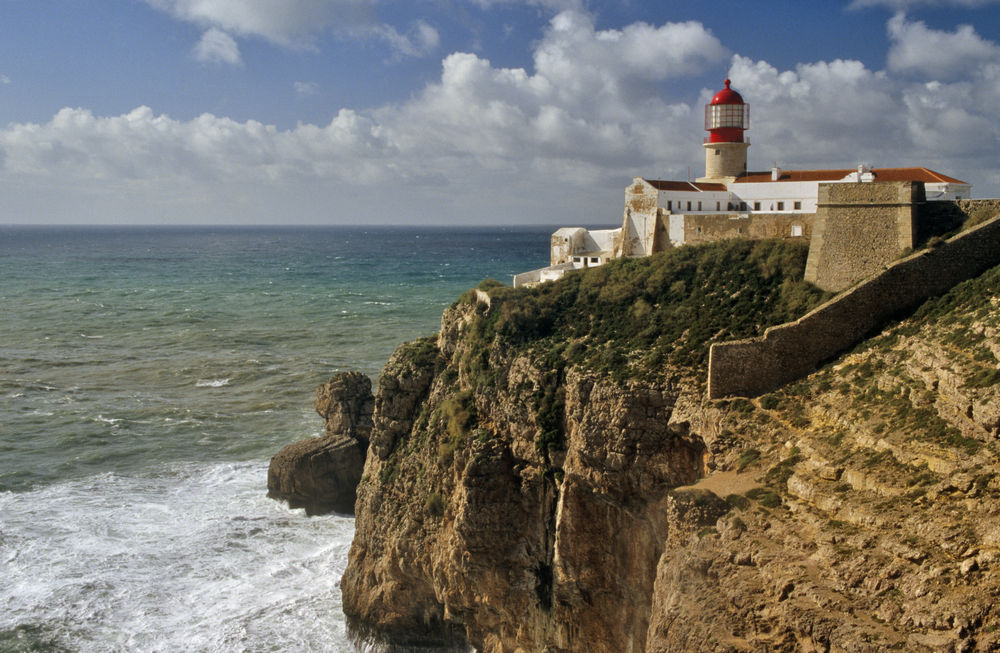
So there you have it, just a few of the fascinating historical sites that the Algarve has to offer. The more you delve in to this wonderful region, the more there is to be discovered, so if you’ve got a taste for history, why not explore the sites of the Algarve on your next trip abroad?